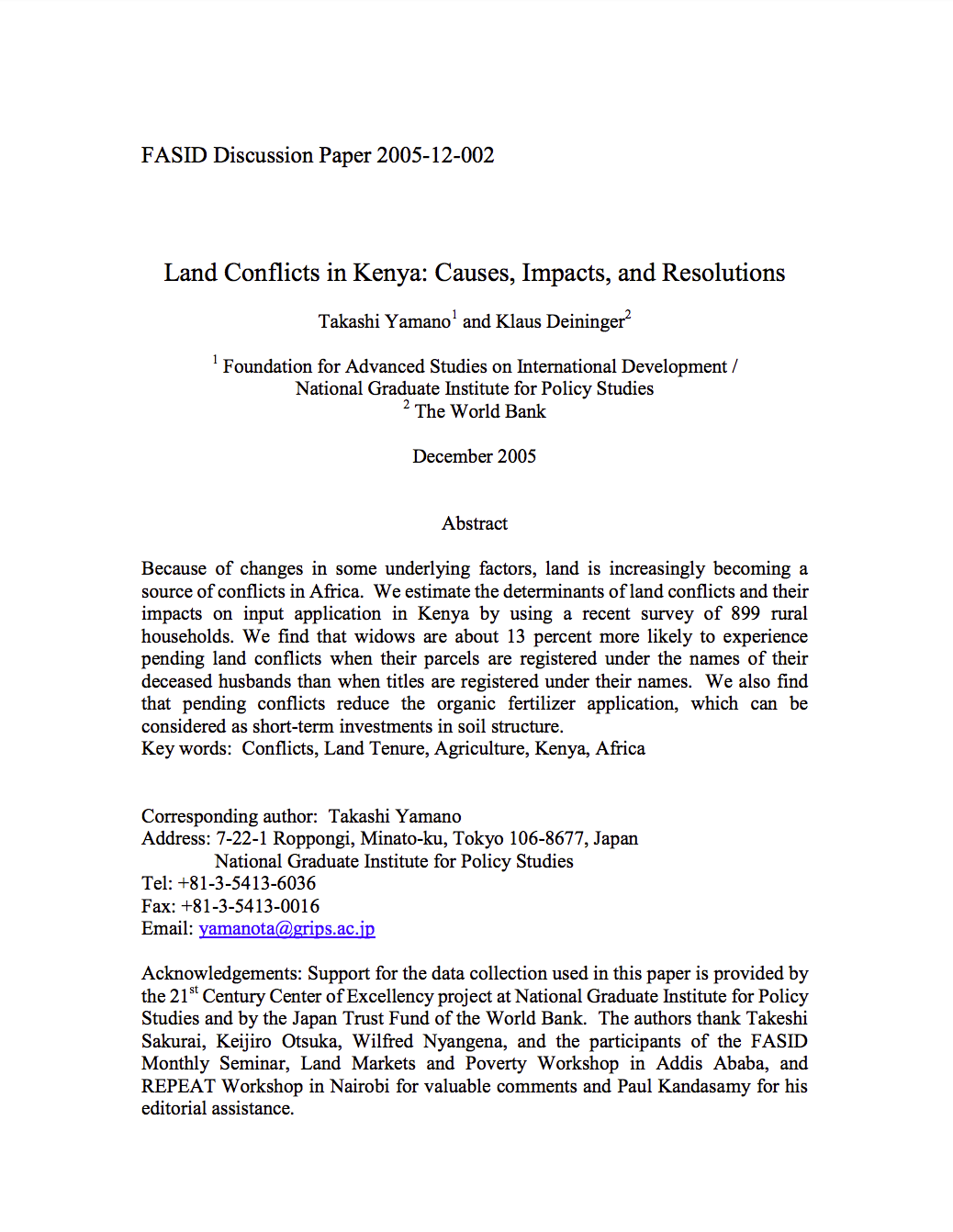Exemple de pays II:
La Somalie - Un pays sans État central et néanmoins fonctionnel
La Somalie est l'exemple d'un pays moderne dans lequel l'État central n'existe plus depuis de longues années. Bien qu'elle soit souvent décrite comme étant un pays chaotique et anarchique, une nouvelle forme d'organisation sociale s'y est mise en place depuis longtemps. Il semble même qu'un grand nombre de
personnes s'accommodent bien de cette absence d'un État central.






